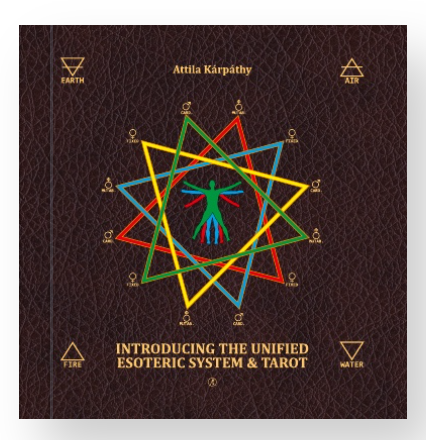
In nautical terminology, the waterline refers to the line separating the submerged section of the hull of a ship – the quickworks – from the section above water – the topsides (literally the “live” works and “dead” works in French). The works which Bertrand Flachot is presenting this autumn at the Felli Gallery are very much alive; they immerse us in the soft formal ambiguity which is the hallmark of his aesthetic world. Lines and strokes trace and highlight the meanders of the memory of areas which have been crossed in Paris, in a manner reminiscent of Giacometti’s Paris sans fin (Paris without end) to which he pays a passing tribute.
This memory, as liquid as water, is the fluid guiding the graphic touch which releases the double etymological sediment of the word graphein – drawing and writing – by dredging it up from the river bed. The title given by the artist to this new series of works therefore provides a string of clues about what flows out of all these images of the banks of the Seine. More specifically, they depict two journeys in time and space whose routes cross, overlap and mingle on the glossy surface of a sheet of paper, where the Seine – his very own river, whose banks fray like the fringes of memory – represents the confluence of past and present. Bertrand Flachot tirelessly draws the present in order to try to rewrite the past, which went up in smoke one day in February 1990 when all his artwork was destroyed by a fire in his studio on the Quai de la Seine. All that remains of his work, and the route along the river associated with that period in his life, are mental images. However, far from becoming diffuse with the passage of time, they have allowed the artist to experience their mysterious survival instinct, which is carefully illustrated in his work once again. Aby Warburg believed that pictures are ghosts capable of crossing the boundaries of time and space, thus explaining how they survive in our memories. Bertrand Flachot’s constant scanning of the photographic space therefore reveals the migration of mental images, those ghostly scratchings which continuously assume new shapes in the real world.









We are aware that in life it is not enough to draw a line to clearly separate the living from the dead; the waterline is actually blurred, fleeting, mischievous and mobile. Art therefore only truly mirrors life if it makes us see and imagine interpenetration, mutual inclusion, and the strange and enigmatic relationship between “living” and “dead” works – the quickworks and topsides – in the slipstream of our history.
Source, credits, details and more at: galeriefelli.com








